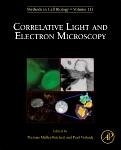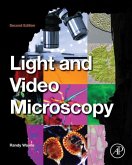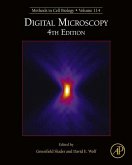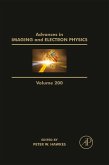Correlative Light and Electron Microscopy III, Volume 140, a new volume in the Methods in Cell Biology series, continues the legacy of this premier serial with quality chapters authored by leaders in the field. Topics discussed in this new release include Millisecond time-resolved CLEM, Super resolution LM und SEM of high-pressure frozen C. elegans, Preservation fluorescence, super res CLEM, APEX in Tissue, Corrsight mit IBIDI flowthrough chamber, Correlative Light Atomic Force Electronic Microscopy (CLAFEM), Atmospheric EM CLEM, and High-precision correlation, amongst other topics.
Chapters in this ongoing series deal with different approaches for analyzing the same specimen using more than one imaging technique. The strengths and application area of each is presented, with this volume exploring the aspects of sample preparation of diverse biological systems for different CLEM approaches.
Chapters in this ongoing series deal with different approaches for analyzing the same specimen using more than one imaging technique. The strengths and application area of each is presented, with this volume exploring the aspects of sample preparation of diverse biological systems for different CLEM approaches.
- Contains contributions from experts in the field
- Covered topics include targeted ultramicrotomy and high-precision correlation
- Presents recent advances and currently applied correlative approaches
- Gives detailed protocols allowing the application of workflows in one's own laboratory setting
- Covers CLEM approaches in the context of specific applications
- Aims to stimulate the use of new combinations of imaging modalities
Dieser Download kann aus rechtlichen Gründen nur mit Rechnungsadresse in A, B, BG, CY, CZ, D, DK, EW, E, FIN, F, GR, HR, H, IRL, I, LT, L, LR, M, NL, PL, P, R, S, SLO, SK ausgeliefert werden.









